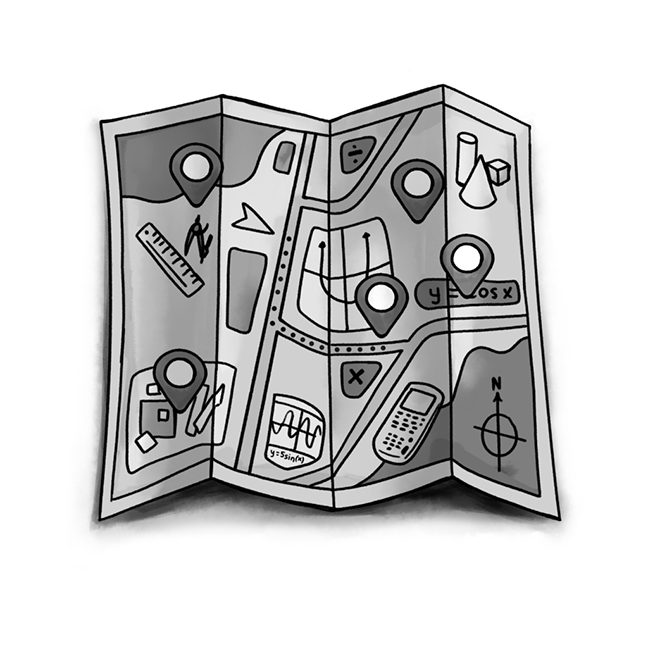Gail Anderson, Lansdale, PA gailanderson@cpm.org
I am very interested in how students learn, and what that means for our pedagogy. One of the many things I appreciate about the CPM curriculum is how it is deeply rooted in cognitive science. This summer, I completed a MOOC created by Columbia University Teachers’ College on the edX platform (www.edx.org). The course is called “The Science of Learning: What Every Teacher Should Know.” The course consists of videos (which have a transcript alongside the video, and can be played at fast or slow speed), check-your-understanding quizzes, journal prompts, and discussion boards (which are all optional, unless you want the “verified certificate” for a $49 fee, then all the assignments become mandatory.)
There are four units in the course: Memory and Learning, Mindsets, Student Learning Strategies, and Effective Teaching Strategies. The core concept of the series is the diagram at right, which is explained in extensive detail throughout the course. The lectures and linked Ted talks
discuss “thinking to learn,” “elaborative rehearsal and encoding,” spaced practice, and formative assessment with metacognition and “focused feedback.” A quote from John Dewey summarizes it well: “Give the pupils something to do, not something to learn, and if the doing is of such a nature as to demand thinking, learning naturally results.” If you need more research background on why CPM designs its courses around the concepts of collaborative learning, problem-based learning and mixed space practice, this course may be just what you are looking for!
